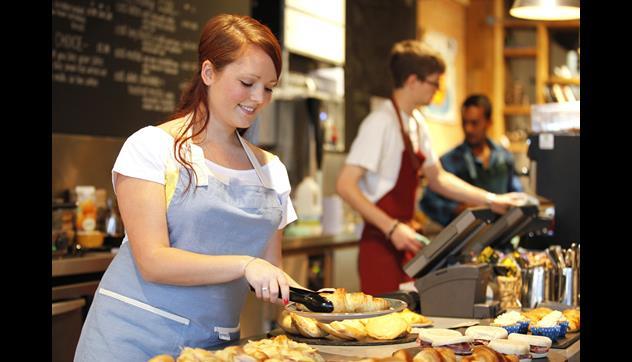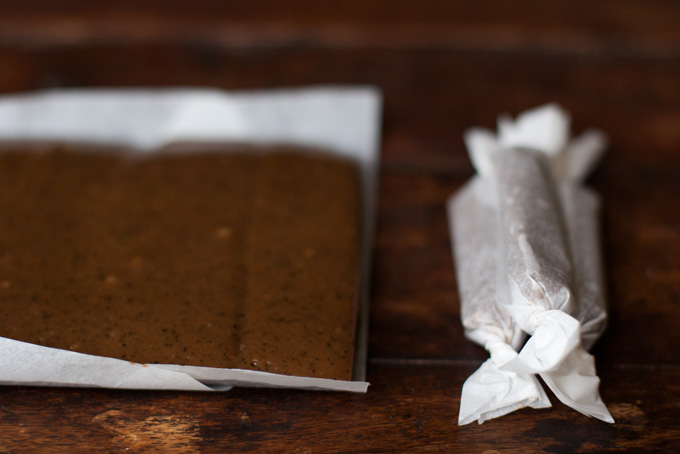It’s January, traditional season of dieting and denial, and ‘weight loss’ tops many people’s list of New Year’s resolutions.
If crash diets aren’t for you, you can still make small but significant changes to your normal routine for a healthier lifestyle. If your daily ‘vice’ is a cup of coffee made from freshly-ground coffee beans, and you can’t get through the day without a slice of cake to go with it, just look out for healthier options – there are some great low-fat recipes available. Look for suggestions that use fresh fruit, vegetables, fat-free yoghurt or crème fraîche to replace some or all or the fat in a recipe, or try our low fat chocolate and coffee muffins for a healthier treat that doesn’t compromise on flavour.
Makes 12. Cals per muffin approx. 200
You’ll need:
For the muffins:
• 3 tablespoons sunflower oil
• 100 ml skimmed milk
• 1 egg, beaten
• 100g carrots, peeled and finely grated
• 300g plain flour
• 2 teaspoons baking powder
• 100g caster sugar
• 25g cocoa
• 60g raisins or other dried fruit
For the topping:
• 25g dark chocolate chips
• 1 tablespoon strong black coffee, preferably made from freshly-ground coffee beans for maximum flavour
• 50g low fat cream cheese
• 50g fat-free Greek yogurt
• 1 tablespoon icing sugar
You’ll also need a 12-hole muffin tin, and some paper muffin cases.
1. Pre-heat the oven to 180 degrees C. Prepare the tin by lining each hole with a paper muffin case. Mix the oil, milk, egg and carrots together in a large bowl, then stir in the flour, baking powder, sugar and cocoa. Mix until just combined, then stir in the raisins.
2. Fill each muffin case no more than two thirds full, and bake until well-risen and golden. Leave to cool.
3. Meanwhile, melt the chocolate chips and coffee together in the microwave until fully liquid. Leave to cool. In another bowl, beat the cream cheese, yoghurt and icing sugar together until fully combined, then carefully add the chocolate mixture and stir. Top each muffin with a generous spoonful of icing.










